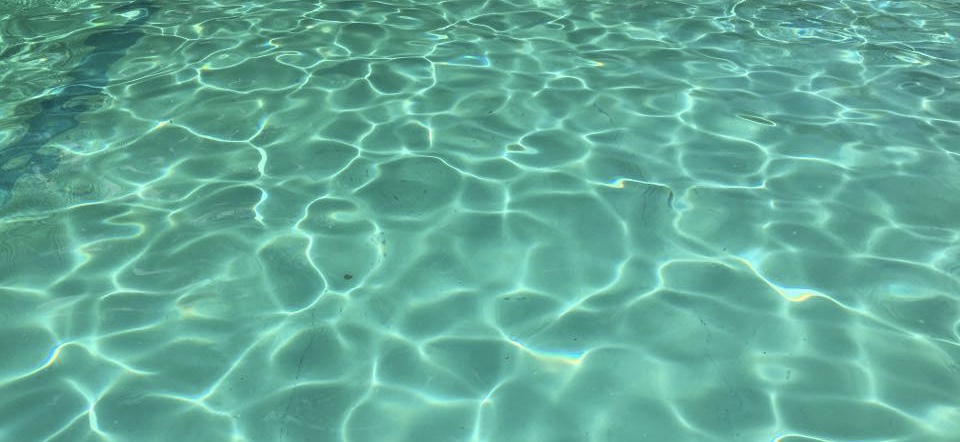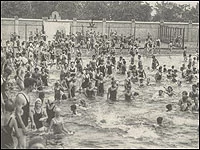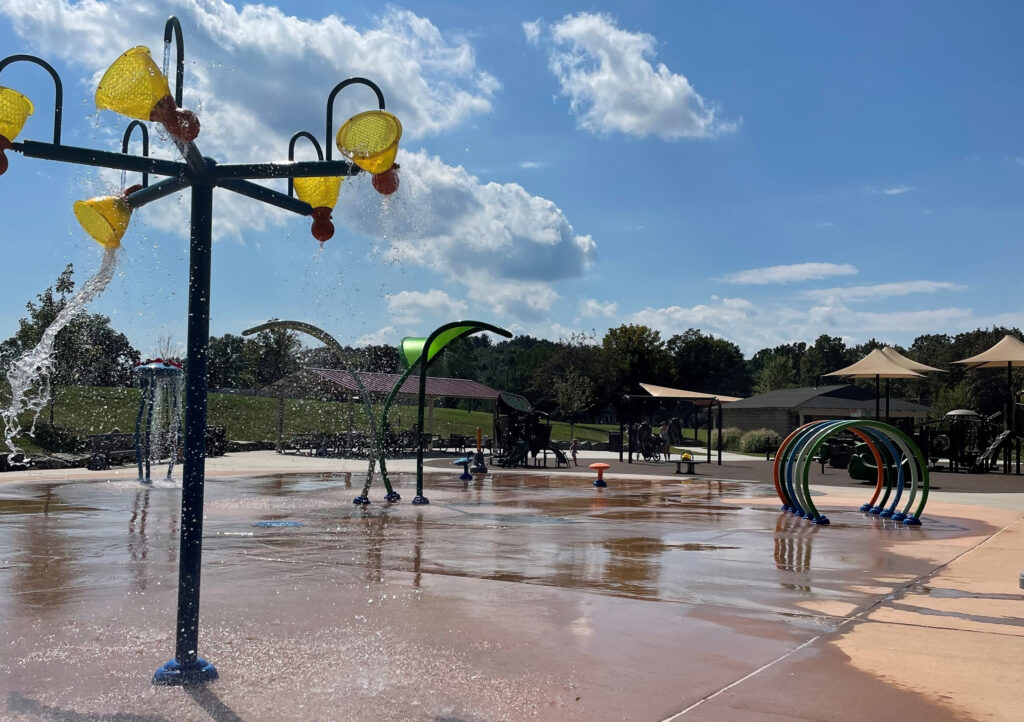Amherst History Month By Month: The Outdoor Municipal Swimming Pools of Amherst

Photo: depositphotos.com
Summer may be over too soon this year. While our weather can feel like summer into the fall, the return to schools and colleges around Labor Day marks a shift of legendary proportions. September is still my personal New Year.
When it comes to enjoying the outdoor pools in Amherst, it does indeed feel like a short season. But our town pools are both a magnet on hot days for families and anyone who likes swimming outdoors and isn’t within close proximity of the ocean. And perhaps lake swimming doesn’t appeal? What about the architecture?
The War Memorial and Mill River Pools are sheltered and framed by simple, work-a-day buildings made of concrete block and timber framing that date from the 1950s. I don’t know who designed them. Memorial Pool has groovy glass block windows and, at both locations, there are basic changing rooms, showers and lockers. Both locations are fully accessible and have been upgraded several times since their construction. Simple roof lines, functional spaces and centralized staffing areas are all intended to both manage and prioritize safety, access and healthful recreation. Therein lies some of the reasons that the pools are high maintenance today. Lifeguards are a must.
These days you will find stylish chairs for sunbathing and freshly painted concrete edges to the pools that feel clean even with the inevitable presence of a few tiny dead bugs. The engineering issues at Memorial Pool have been addressed. Both pools provide shade under large, resort-like coverings/awnings. Mill River has a wading pool for little ones.
The history of municipal swimming pools in the United States is complicated. Civic involvement in North America dates from the Progressive Era when middle class social reformers sought to address wild swimming in streams and ponds, that had till then been widespread. According to one author, “The country’s municipal pools, in fact, were first constructed to get rowdy, scantily clad youths out of the rivers and lakes and away from the public eye.”
As cities industrialized and diversified, class and race both played roles in shaping policies around facilities for parks and recreation provided by town or state government. The 1920s and 1930s saw more public outdoor pools built, but segregation usually reared its head as the facilities proliferated. (See more about this here). Pools slowly became popular not so much as places to bathe but as places of leisure and recreation.

Both of our town pools are located adjacent to other publically accessible town-managed amenities like recreation areas with grilling facilities or ball fields (see photos of Memorial Pool with playground and ball field with handicapped accessible bathrooms) or woods for more shade and passive recreation and exploration via our trail system. Mill River has a wonderful “Story Trail,” originally named for Norman Juster, where local children’s authors’ work is featured on the paths, bringing another dimension to enjoying a walk in the area. This came about at the beginning of the pandemic via a North Amherst/Mill District initiative.


Our town pools are indeed recreational refuges, even though they are costly to run. That pretty aqua blue water needs to be tested regularly. Times are set aside for lap swim as well as open swim. During the pandemic, the Town’s Leisure Services figured out how to stay open providing a safe space for many citizens, especially those with little children. And it was during Covid that the new splash site for the child in us all was added at Groff Park in South Amherst.



More perspective about bathing and our country, is here
https://daily.jstor.org/when-americans-started-bathing/
and here: the troubled history of public swimming pools
https://www.bbc.com/reel/video/p0g9b3r1/the-troubled-history-of-swimming-pools-in-the-us
We are almost at the end of observing #BlackHistoryMonth so here is a wonderful excuse for adding to the history of this topic https://www.usaswimming.org/news/2025/02/24/deep-dive–a-look-back-on-the-desegregation-of-pools-in-america?fbclid=IwY2xjawIsLRRleHRuA2FlbQIxMAABHQtsrnD4xvd9uQNOTx-KmuJjA0TcNdGH154U2t8vfbYaRwd_BuudD4B81w_aem_r3b1JDu2vG4M72LEGAvVDw